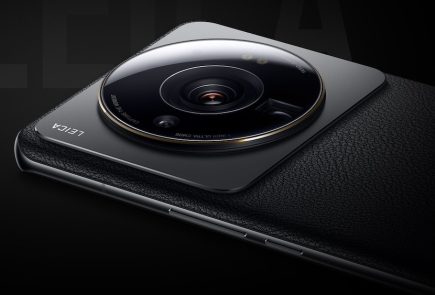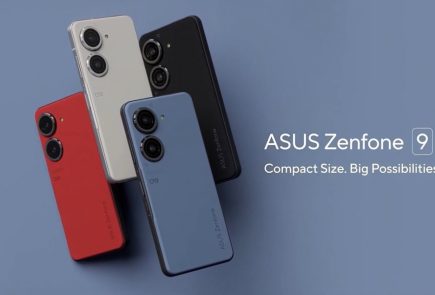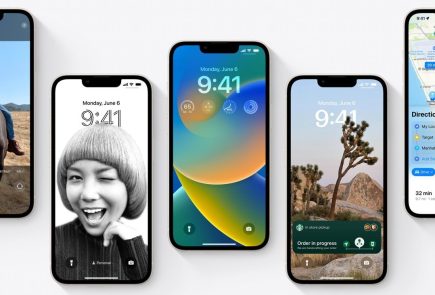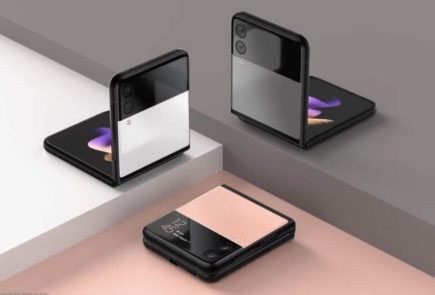Here Is How Water Cooling On Modern Smart Phones Works

Water cooling or liquid cooling has become a unique selling proposition for phones these days. And at times it turns out to be nothing more than a marketing gimmick. Liquid cooling has been around for a long time for personal computers which are gaming oriented. This kind of cooling was introduced because gaming PCs get heated up due to their high performance requirements. It is one thing to have water or liquid cooling on PCs which have a lot of space to work around, but on a phone space is a huge constraint.
Why Use Liquid
Air cooling, which had been the choice of many, isn’t as efficient as Liquid cooling when it comes to computers and mobile phones. Air cooling requires a lot of fans. And fans take up space. A typical gaming PC with air cooling will have case fans, graphics card fans, and a CPU fan. Same goes for phones. The phones have several holes to dissipate heat. These try to keep the insides of the CPU cool, but on the other hand, liquid cooling requires coolant-filled tubes, a radiator, water blocks which are the equivalent of heat sinks and a few other small components. On normal phones without liquid cooling, the processor is generally under-clocked so that it generates less heat. The generated heat is dissipated through the body of the phone which makes the body of the phone hot while playing games etc.
What Liquids Are Used
Water, deionised water, glycol/water solutions, and dielectric fluids such as fluorocarbons and PAO are the heat transfer fluids that are most commonly used. Most phones use water. The amount of water used is so less, it is essentially always in vapour form, which is why these systems are also called vapour cooled systems.
Do Phones Need Liquid Cooling
Smartphones running just fine even two or three years back on normal air cooling/ heat dissipation coupled with under-clocked CPUs. But with smartphones becoming thinner and users demanding more and more performance from their smartphones, heating suddenly became a major issue. NEC Medias X 06E was the world’s first water- cooled phone. But around 2015/2016, Nokia introduced the Lumia 950XL and Samsung introduced the Galaxy S7; both water- cooled phones. Phone cooling has changed and improved a lot since then. Phones can perform much faster and the CPU can even be over-clocked if liquid cooling is used. The ASUS ROG phone, which has an overclocked cpu uses this form of cooling.
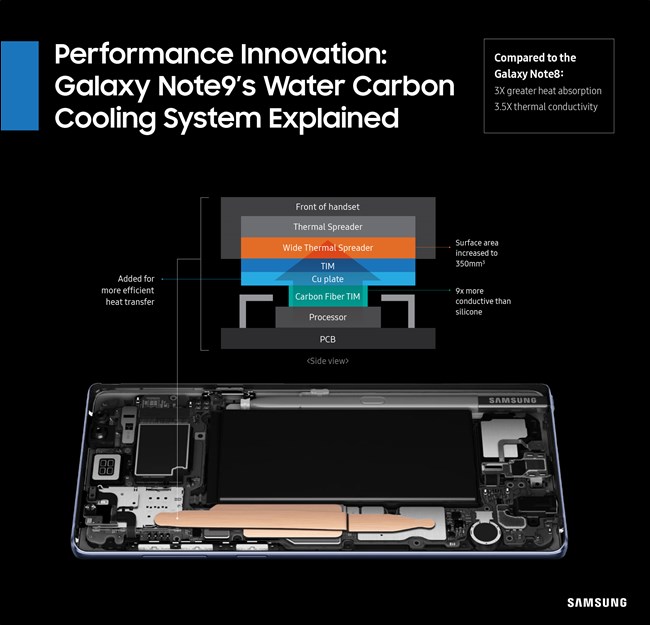
How Does It Work
Phones use a copper thermal heat pipe to distribute the heat and move it away from the CPU. This kicks into play when the phone is performing high intensity tasks. These may include tasks like gaming or even media playback. The copper tube has a very minuscule amount of liquid. The liquid is not even enough to see if the tube is cut open. The cooling happens through condensation. Condensation is the process of vapour turning to liquid when cooled.
As the processor heats up, the liquid heats up and turns into vapour, thus absorbing the heat from the CPU. This vapour then moves to the opposite end of the heat pipe. This end is further away from the CPU and is considerably cooler. The vapour dissipates the heat thus turning back into liquid form. This process is continuous and works well to dissipate and disperse heat from a concentrated area to a much larger area thus cooling the entire system faster and more efficiently.
















